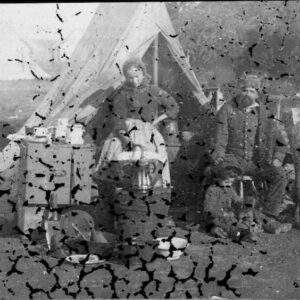Tag: cleaver
 Wikipedia says: A cleaver is a large knife that varies in its shape but usually resembles a rectangular-bladed hatchet. It is largely used as a kitchen or butcher knife and is mostly intended for splitting up large pieces of soft bones and through thick pieces of meat. The knife’s broad side can also be used for crushing in food preparation (such as garlic) and can also be used to scoop up chopped items.
Wikipedia says: A cleaver is a large knife that varies in its shape but usually resembles a rectangular-bladed hatchet. It is largely used as a kitchen or butcher knife and is mostly intended for splitting up large pieces of soft bones and through thick pieces of meat. The knife’s broad side can also be used for crushing in food preparation (such as garlic) and can also be used to scoop up chopped items.
Tools described as cleavers have been in use since the Acheulean period. Cleaver used to be spelled clever in the late 17th Century.
In contrast to other kitchen knives, the cleaver has an especially tough edge meant to withstand repeated blows directly into thick meat, dense cartilage, bone, and the cutting board below. This resilience is accomplished by using a softer, tougher steel and a thicker blade, because a harder steel or thinner blade might fracture or buckle under hard use.
In use, it is swung like a meat tenderizer or hammer – the knife’s design relies on sheer momentum to cut efficiently; to chop straight through rather than slicing in a sawing motion. Part of the momentum derives from how hard the user swings the cleaver, and the other part from how heavy the cleaver is. Because of this, the edge of a meat cleaver does not need to be particularly sharp – in fact, a knife-sharp edge on a cleaver is undesirable. The grind for a meat cleaver, at approximately 25°, is much blunter than for other kitchen knives.
The tough metal and thick blade of a cleaver also make it a suitable tool for crushing with the side of the blade, whereas some hard, thin slicing knives could crack under such repeated stress.
Some cleavers have a small hole, at the top front corner, for hanging them on a wall. Butchers do not like laying them flat as they think the blade will dull or get damaged.
Cleavers are primarily used for cutting through thin or soft bones and sinew. With a chicken, for example, it can be used to chop through the bird’s thin bones or to separate ribs. Cleavers can also be used in preparation of hard vegetables and other foods, such as squash, where a thin slicing blade runs the risk of shattering.
Showing the single result
